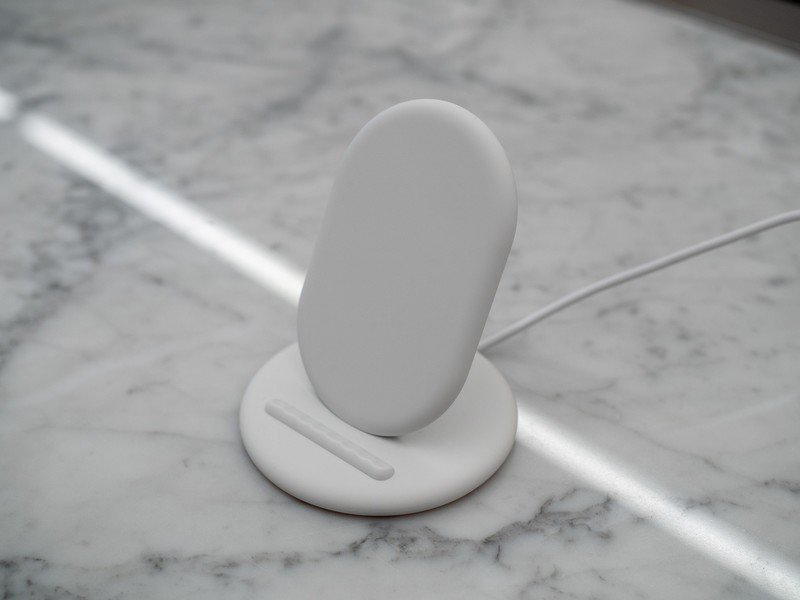Here's why the Pixel 3 charges faster on a Pixel Stand than other wireless chargers

One of the great things about the Pixel 3 is its support for wireless charging. It took a while until Qi charging became ubiquitous on most popular phones — the Nexus 4 and 5 had it, but Google removed the feature with the Nexus 5X and 6P for lack of adoption — but brought it back with the Pixel 3. Now that it's back, it's become another thing that doesn't work exactly how everyone thought it would.
Wireless charging doesn't only mean Qi charging.
Google says the Pixel 3 is capable of wirelessly charging at speeds of 10 watts. There are complicated formulas that determine how fast a phone can charge, but generally, the more wattage being used by the phone the faster it charges. The issue is that the Pixel 3 only charges at 10 watts on wireless chargers certified for the "Made for Google" program, and right now the Pixel Stand is the only Made for Google charging base. (Belkin has announced one, but it's not available yet.) On any other Qi-compatible wireless charging pad it charges at 5 watts — half the power, which means it takes twice as long to charge.
Google hasn't disclosed its reasoning for developing its own fast wireless charging standard, but here's the likely scenario.

The Qi standard
Version 1.2.3 (the latest publically available version) of the Qi standard states that "The Power Class 0 power transfer system enables the transfer of at least 5 W and up to 30 W of load power. The actual amount of power that can be transferred between the power transmitter and power receiver is subject to negotiation between them during the communication phases that occur before power transfer." Power Class 0 is for what the standard describes as "low-power devices" and it includes phones.
On a regular wireless charger, your Pixel 3 will charge at 5 watts, which is slower than it would at 10 watts.
We know that Google isn't using the baseline Qi standard to negotiate charging. The company told Android Police that it has developed a "secure handshake" when a Pixel 3 is placed on a wireless charger, and only chargers that pass this security check will charge at 10 watts. Chargers that do not pass are limited to 5-watt charging.
No details about the secure handshake are available, but an official statement from Google reads:
We don't limit third-party devices, in fact, we're working with our partners in the Made for Google program to get fast 10W chargers certified for use with Pixel 3 (Belkin announced its 10W Pixel 3 charger already which will launch in the coming weeks). Pixel Stand and Pixel 3 work together through the protocol we've developed for fast charging. Everything else charges at the industry standard Qi 5W."
Technically, Google supports Qi charging and 10-watt wireless charging on the Pixel 3. But it does not support 10-watt wireless charging using the Qi standard.
Get the latest news from Android Central, your trusted companion in the world of Android
The biggest question we have is why Google is doing this. We were told at the Pixel 3 event that a custom authentication communication was developed by Google so the phone knows when you're using your stand at home, or at work, versus a public charger, and displays content accordingly. For example, the Pixel Stand allows for improved Assistant support and a photo frame "ambient mode". This makes sense and would explain the "secure" tag placed on the handshake between phone and charger. But it does nothing to explain why standard Qi charging is capped at 5 watts.
Until Google tells us all more about what it is doing, why it is doing it, and (ideally) how it is doing it, this is all we know. It's frustrating, but not as frustrating as knowing you'll need to buy an expensive branded charger to get fast wireless charging for your Pixel 3.
That said, the Pixel Stand is a pretty great wireless charger — if you can stomach its $79 price tag.

Jerry is an amateur woodworker and struggling shade tree mechanic. There's nothing he can't take apart, but many things he can't reassemble. You'll find him writing and speaking his loud opinion on Android Central and occasionally on Threads.
